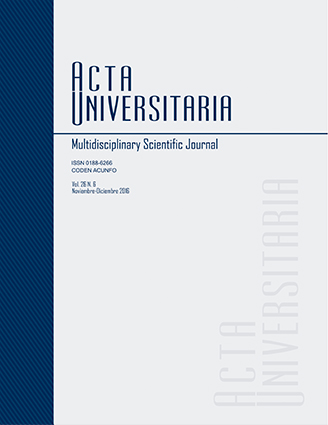Optimización del modelo de material Barlat de 3 parámetros con curvas experimentales de aleación de aluminio
Publicado 2016-12-16
Palabras clave
- Optimization,
- Barlat parameters,
- hardening exponent,
- plastic-strain ratio,
- constant of proportionality.
- Optimización,
- parámetros de Barlat,
- exponente de endurecimiento,
- relación de deformación plástica,
- constante de proporcionalidad.
Cómo citar
Resumen
En el presente trabajo se calculan los coeficientes de endurecimiento n, la constante de proporcionalidad K y la relación de deformación plástica r a partir de curvas esfuerzo real-deformación real obtenidas en un ensayo experimental de tensión axial para probetas planas, obtenidas a 0°, 45° y 90° respecto a su orientación de laminado. Estos parámetros anisotrópicos de una lámina de aleación de aluminio se alimentan de un modelo de material de 3 parámetros de Barlat en el programa LS-DYNA®, con el propósito de generar un archivo que permita llevar a cabo la optimización de ellos en el módulo LS-OPT®. Las gráficas experimentales esfuerzo real-deformación real se comparan con las generadas por el programa a partir de los valores optimizados, obteniéndose un ajuste más cercano al experimental, en particular en la zona plástica del comportamiento.

